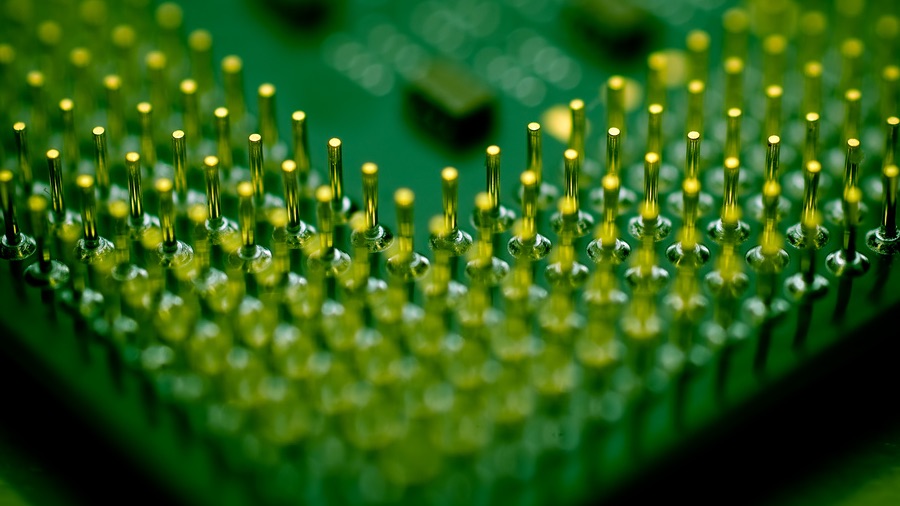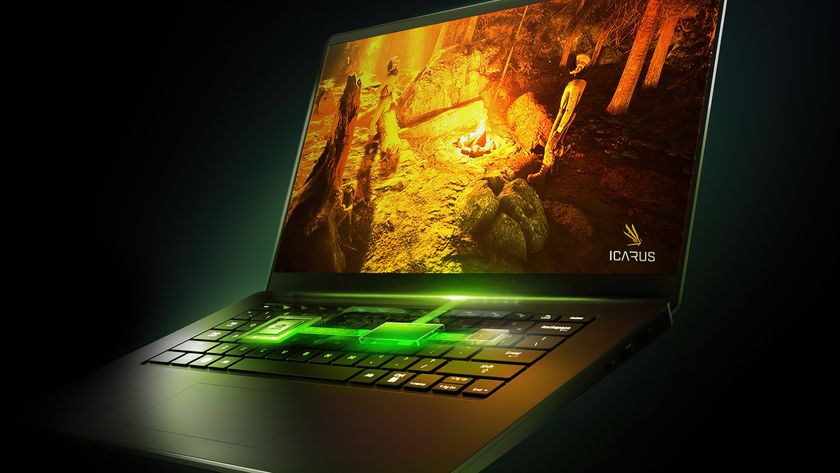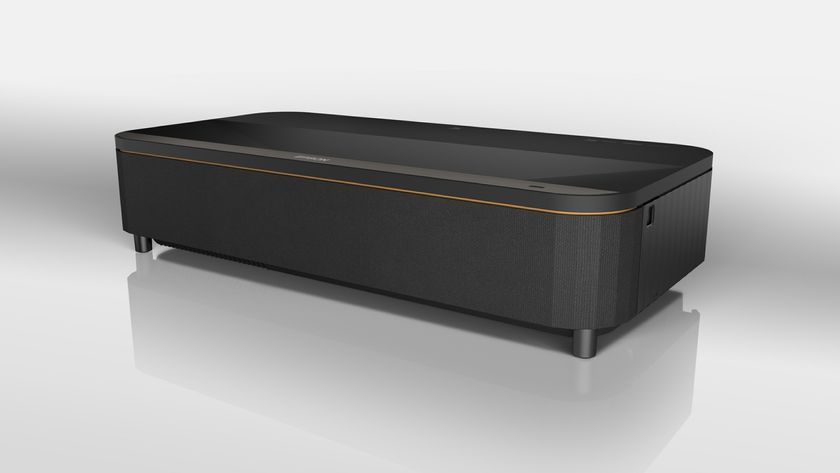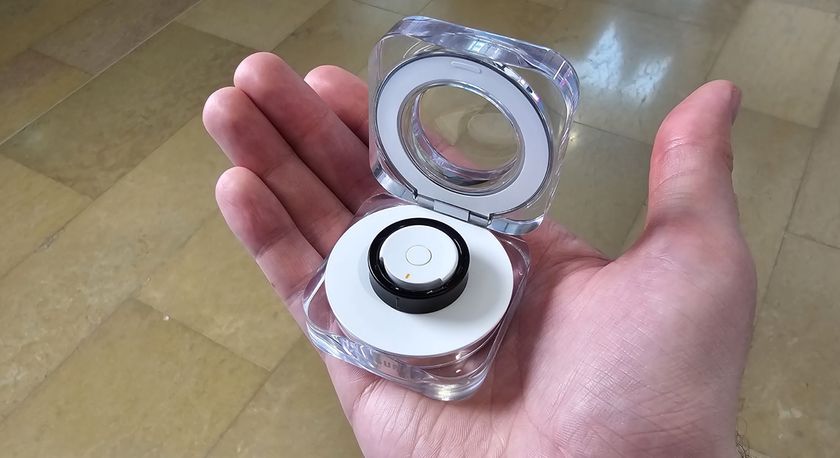Smaller, smarter, but maybe not much faster: The future of the CPU
Moore's Law won't apply for much longer. What happens next?

Note: Our future CPU tech feature has been fully updated. This article was first published in November 2011.
It's easy to think that some things will be around forever, but technologies change. Vinyl records became digital discs and then digital downloads. The internal combustion engine morphed into the hybrid engine and will probably be replaced by electric motors. For many of us the PC has been replaced by mobile devices.
The same changes happen in the world of CPUs. First of all we had valve-based computers, then computers made from individual transistors. We invented the integrated circuit, followed by the silicon microprocessor. CPUs became faster, more efficient, their components more miniaturised. The smallest features have shrunk from 10,000nm to just 14nm, and the transistor count has increased from a few thousand to several billion. But sooner or later the silicon CPU is going to reach the point where it can't be improved any further.
We've seen signs of that already. The ever-increasing clock speeds of previous decades have gone, with CPU speeds sitting at just over 3GHz for most of the last decade. Manufacturers have been able to improve performance at that clock speed with clever design and impressive feats of miniaturisation, but that has its limits too. Some observers believe that even by shifting to more accurate manufacturing techniques such as extreme ultraviolet, the limit may be around 11nm – a scale we're already very close to.
Power corrupts
There's the issue of power, too. The reason we don't run silicon chips much faster than 3GHz is because they begin to consume large amounts of power and generate large amounts of heat. Manufacturers have done a great job in addressing this limitation – while processors have become ever faster through the use of multiple cores, improved energy efficiency means that the power drain from top-end processors is actually lower than in the top-end processors of a few years previous. But sooner or later we'll run out of tricks.
As if all of that wasn't worrying enough, there's the issue of quantum physics to consider. When you get down to really, really small dimensions, electrons start getting very weird indeed. They can be in two places or in two states at the same time, and they can appear on the other side of a thin barrier even if there isn't a hole in it. If that barrier is the insulation that's supposed to stop electrons from going where they shouldn't, that opens a great big box marked Pandora.
And that's why the future of the CPU looks very different from the processors we have now.
Are you a pro? Subscribe to our newsletter
Sign up to the TechRadar Pro newsletter to get all the top news, opinion, features and guidance your business needs to succeed!
Top Image Credit: Rudolf Getel/Flickr/CC BY 2.0
- Also check out: From sandy beach to Kaby Lake: How sand becomes silicon
Writer, broadcaster, musician and kitchen gadget obsessive Carrie Marshall has been writing about tech since 1998, contributing sage advice and odd opinions to all kinds of magazines and websites as well as writing more than a dozen books. Her memoir, Carrie Kills A Man, is on sale now and her next book, about pop music, is out in 2025. She is the singer in Glaswegian rock band Unquiet Mind.











